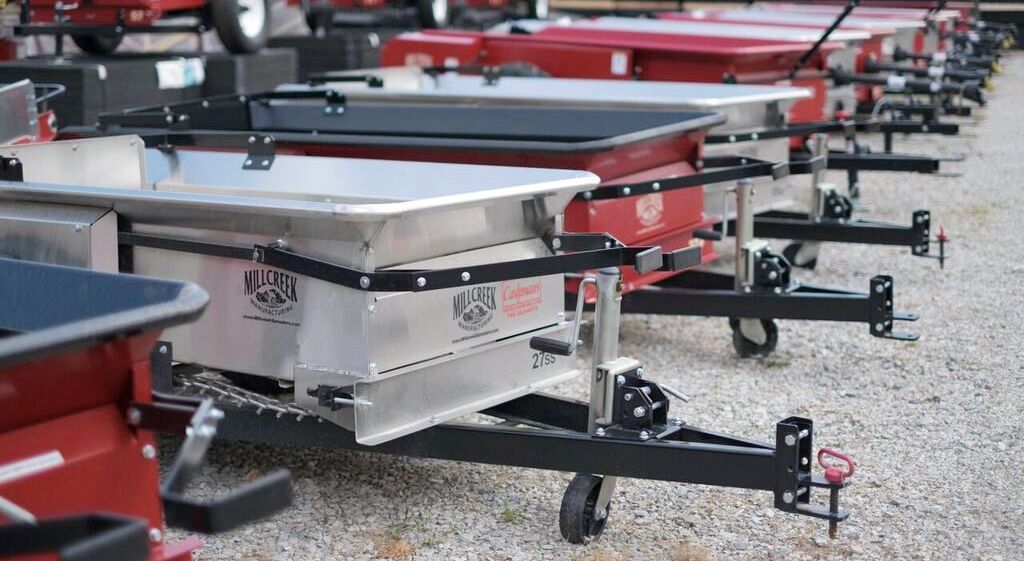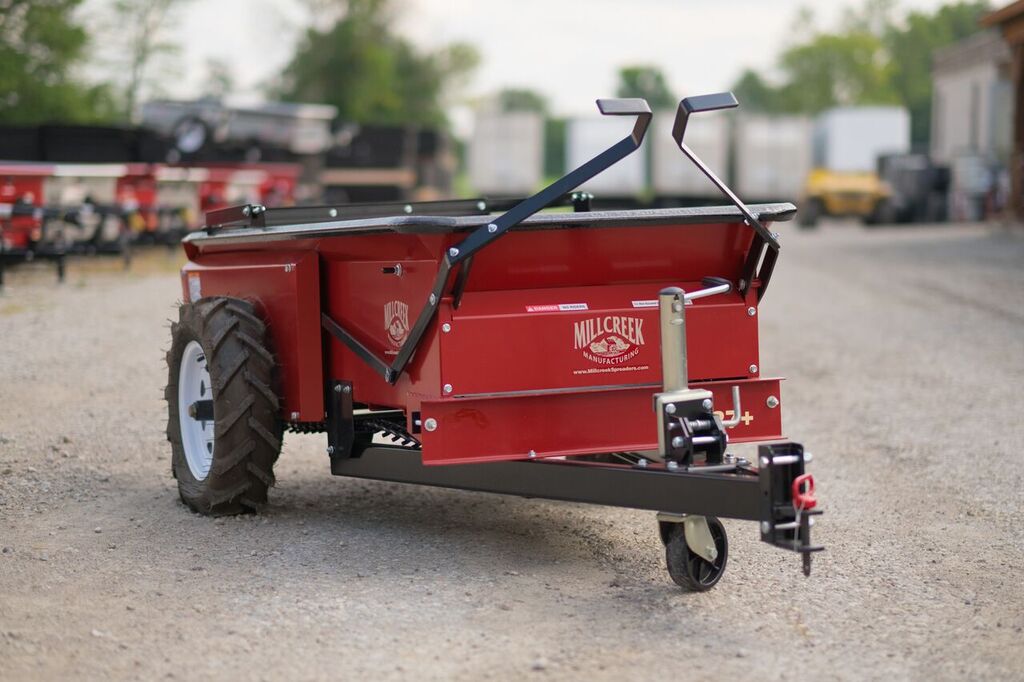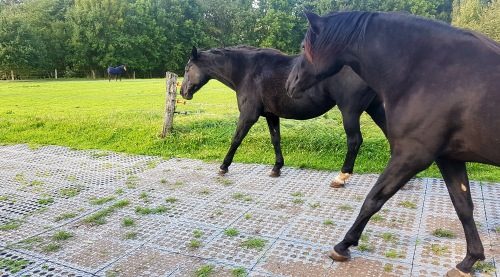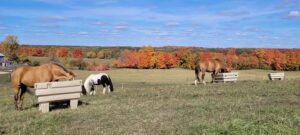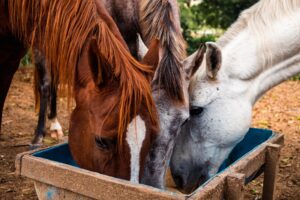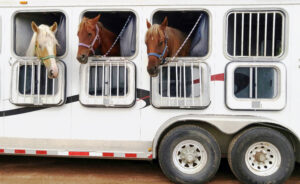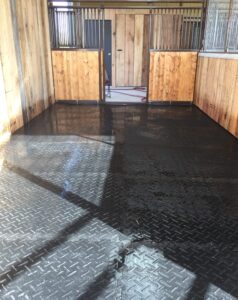
Manure Spreader Selection Made Easy
By Lisa Kiley – published in Saddle Up October 2020
A manure spreader can be a great tool for anyone who has horses. When properly utilized, it can make cleaning stalls a less daunting chore. Furthermore, it can help turn a waste product into a helpful additive for pastures and fields.
There are some things to consider when determining what manure spreader will work best for your farm. Choosing the right spreader and using it correctly can make managing manure a much easier task.
Manure Spreader Size
The size of manure spreader needed depends on how many horses you are cleaning up after. Smaller units can be suitable for 1-2 horses, while larger units can accommodate barns with upwards of 25 plus horses.
The size of spreader may also be determined on how often and how it is used. Some people pull the spreader down the aisleway each day. This requires unloading the manure into a composting/storage pile or spreading it right away. In smaller barns, taking the manure to the holding area may be done by wheelbarrow or muck cart. Then the manure spreader is only utilized when the manure is ready to spread.
Ground Drive or PTO?
This is often determined by how you will be using the manure spreader and what you will be towing it with. For ground drive, you have more towing options with a smaller spreader (up to 37 cubic feet) such as a Garden Tractor, ATV or Utility Vehicle.
Mid-size spreaders can still utilize a ground drive, but require more power to pull the unit. A compact tractor or an ATV is ideal.
Once you get up to larger units, around 109 cubic feet, horsepower demands will require a standard tractor size and a PTO. PTO’s also have the major advantage of moving the manure out of the unit without forward motion, making it ideal to unload into composting piles.
Construction
While generally seen in older models, some newer wooden construction manure spreaders are available. These units may be the lowest priced upfront but they will eventually rot and require frequent maintenance. Galvanized metal can vary greatly in durability and quality. Economy galvanized units are made of a thinner metal and will eventually rust.
A powder coated metal spreader is much more durable and less prone to rust than its galvanized counterpart. Rhino Lining in a powder coated model will add additional years to the life of the spreader because it helps resist rust. While stainless steel will be pricier than other materials, it is a great investment piece that will retain its value over the years. The stainless steel will resist rust and the corrosive properties of manure and urine the best.
Warranty
If you are buying a new spreader, ask about warranty, parts, and repair. New manure spreaders will typically come with a warranty. The warranty length and coverage may vary on different components of the spreader and it helps to know that before you need a repair.
If you are buying a used spreader that has a warranty, consult with the manufacture before you buy to determine if the warranty will carry over. It is also a good idea to find a local parts supplier/repair shop that can help you assess any issues you might run into over the years.
Manure Spreader Maintenance
Manure spreaders are designed to spread manure, not hold it. Stowing manure in a spreader is one of the biggest factors in rotting and rusting and overall deterioration of the unit. Another big mistake is allowing manure to freeze in the unit. This can cause major damage to the spreader and the parts that move the manure out of it.
Clean the unit regularly, keep working parts oiled as needed, and store it inside to protect it from the elements. Be conscientious of what goes into the spreader, watching out for baling twine or rocks that can wreak havoc on the unit.
Know your bearings, if you have sealed bearings you will not have to grease them, but if they are not sealed, your spreader will require regular greasing at all points indicated in your owner’s manual.
Environment
Consider the environment when planning when and how you will use your manure spreader. Being a good steward of the land comes down to spreading manure at the right time and in the right place. Typically, fields benefit from manure most prior to planting and during the growing season. Therefore, fall and winter spreading should be limited as much as possible.
The right place for spreading manure is an area where horses are not turned out. Additionally, the area where spreading happens should not allow for runoff that can contaminate local waterways. For the best information on proper spreading practices, consult your local extension office for resource materials.



